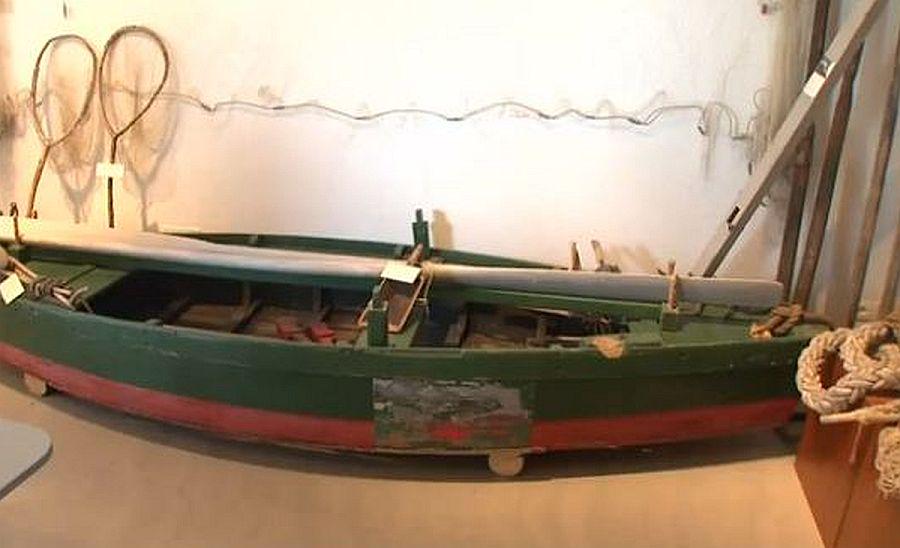13 years have passed since the first idea of a putting together a themed ethnographic collection outside the homeland, but in an area populated by Slovenes whose daily bread depended on the sea.
"Not only fisherman, we had captains, ship engineers, divers, ship owners. In order to salvage, preserve and put value on all that, we built this pearl of ours," explains Franko Cossutta from the Fishing museum cultural association from the Triestine coast.
Precious exhibits
Around 350.000 euros of the investment came from donations, while Slovenia contributed 20.000 euros. There are 100 exhibits in the museum, some of them extremely valuable.
"We have the only nets in the world for catching tuna fish made in the Slovene way. As a seafarer I have travelled the world and have never seen these kinds of nets anywhere else," says Bruno Volpi Lisjak.
“Peškadorke” only a memory
Today the number of Slovene fisherman can be counted with the fingers on one hand. The “peškadorke”, the women and girls who sold fish on foot with baskets on their heads in Trieste and in the Karst villages, are also only a memory. Before WWI there were around 70 of them.
The work was done with devotion and love. There, in the cradle of Slovene fishing, where today you can also find a boat made from one single tree trunk, and a piece of paper from the year 1835 confirming that Slovenes did own a part of the Adriatic Sea.


































































